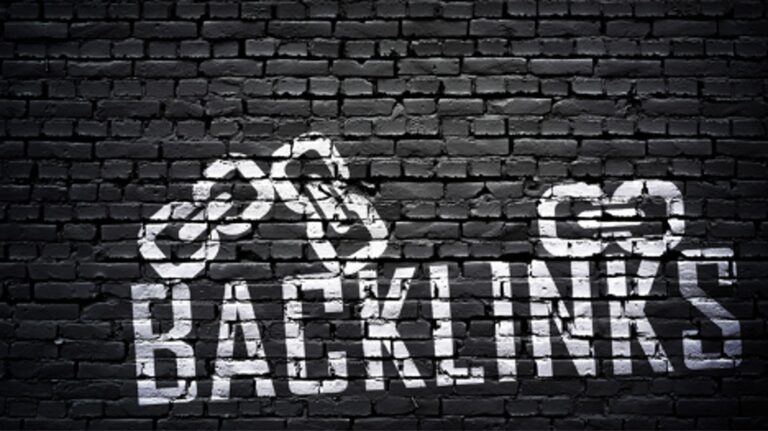Types of Backlinks
There are several different types of SEO backlinks. And understanding the different kinds can help you craft a link building strategy.
Follow Links
Follow links are hyperlinks without any additional attributes—standard hyperlinks, in other words. A follow link tells Google to pass trust and authority to the site being linked to.
Note: There is no “follow” link attribute because any link is considered “dofollow” unless an attribute is added.
A follow backlink looks like this in HTML code:
<a href=”https://www.domain.com/”>this is a follow link</a>
Nofollow Links
If you link to a site, you are essentially vouching for it (and using a follow link by default). But in some cases, you may not want to do that.
For example, you may need to link to a competitor’s page for context but don’t want to necessarily pass them any authority.
Or say you want to link to a site as an example in your content.
Nofollow links use the rel=”nofollow” attribute to inform Google and other search engines that they shouldn’t pass authority. A nofollow backlink looks like this in HTML:
<a href=”https://www.domain.com/” rel=”nofollow”>this is a nofollow link</a>
Keep in mind that Google treats the nofollow attribute as a hint, though. So Google will ultimately decide whether or not to pass authority through that link.
Sponsored or Paid Links
If money, a product, or a service has been provided in exchange for a link, the rel=“sponsored” link attribute should be added.
Like this:
<a href=”https://www.domain.com/” rel=”sponsored”>this is a sponsored link</a>
This attribute helps Google identify promotional links.
UGC Links
User-generated content (UGC) links let Google know which links were created by users or customers.
This allows webmasters to specify that they don’t editorially endorse specific links on their sites. Examples include links in forum posts and blog post comments.
UGC backlinks look like this:
<a href=”https://www.domain.com/” rel=”ugc”>this is a UGC link</a>
Editorially Placed Links
Editorially placed links are links you earned naturally, without asking.
Let’s say a website links to your blog post about backlinks because they think it’s a good resource. This would be an editorially placed link.
Google values these links because they’re meant to enhance a user’s experience rather than manipulate search engine algorithms.
Link Schemes
Link schemes (or link spam) refer to links intended to “manipulate rankings in Google Search results.”
Some examples include:
- Exchanging money, goods, or services for links
- Link exchanges (i.e., “link to me and I’ll link to you”)
- Using automated programs that create links to your site
Participating in link schemes may result in a Google penalty. Which can negatively impact your rankings.
If you have participated in a link scheme in the past, you should disavow potentially harmful backlinks. This means asking Google to ignore certain links to your site.
Important note: Google recommends that you only disavow links if you have paid for links or participated in a link scheme of any kind. Google is good at ignoring spammy links you can’t control. Otherwise, you can harm your site’s performance.
Post By Thamiris Campos


